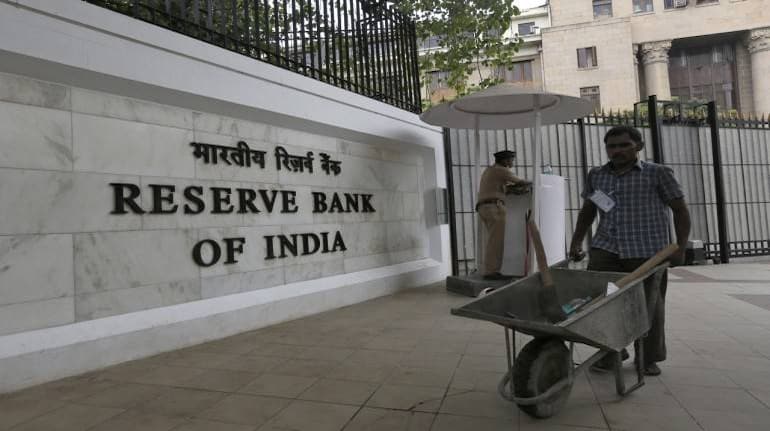



The loan moratorium and one-time loan restructuring could lead to stress in the banking industry and can even impact the credit culture, rating agency Brickwork cautioned in a note on Friday.
Also, the agency warned that the bad loans in the banking system will rise sharply post the moratorium period.
The financial sector will witness severe stress with the extension of the moratorium and restructuring being planned. “In fact, those who repaid their loans in spite of difficulties must be rueing their decisions,” Brickwork said.
The Reserve Bank of India (RBI) announced a six-month moratorium in March this year to help Covid-hit borrowers. Subsequently, it announced a one-time loan restructuring for all loans impacted by the Covid-19 pandemic, based on the recommendations of an expert panel.
While the six month moratorium period has got over already, the one-time restructuring will effectively mean that moratorium could continue for upto two years. This, in a way, will hide the actual stress in the banking system. If economy doesn’t revive as expected, a significant part of these restructured loans could go bad.
The moratorium has also led to a fair bit of legal disputes. Whether interest on moratorium loans should be waived is a matter of debate in the Supreme Court. Petitioners allege that imposing interest-on-interest on borrowers who availed moratorium amounts to punitive action.
The RBI has said if interest is waived on moratorium loans, the banking industry will take a hit of around Rs 2 lakh crore.
Further, once the moratorium is lifted, the real magnitude of the problem will be known, and the skeletons will tumble, the rating agency said.
According to the stress test conducted by the RBI, non-performing assets (NPAs) of scheduled commercial banks could rise from 8.5 per cent in March 2020 to 12.5 per cent under a baseline scenario and 14.7 per cent under a very severe stress scenario.
NPAs of public sector banks (PSBs) are stated to rise from 11.3 per cent in March 2020 to 15.2 per cent under a baseline scenario and 16.3 per cent under very severe stress, the RBI said.
The only way to counter the bleak prospects and fast track reforms is to frontload the reforms, Brickwork said.
Implement Nayak panel report
“It is often said a crisis is the mother of reforms, and the prevailing crisis is grave enough for the government to activate them. This is the time to implement the Nayak Committee report of reducing the shareholding of the government in PSBs and empowering the boards to improve governance in them,” the rating agency said.
The proceeds of the stake sale in PSBs can be used for their recapitalization, Brickwork said.
Further, this is also the time to undertake a massive disinvestment programme and use the proceeds to make investments in infrastructure to trigger demand revival, Brickwork said.
The government continues to be the majority owner of the banking industry through ownership in state-run banks. The government has promised in the past to cut its stake in state-run banks, but has not acted yet in a meaningful manner. It undertook a major merger exercise among state-run banks early this year by merging smaller, weaker PSBs with bigger ones.
NPAs set to rise
NPAs in commercial banks are set to rise sharply after the moratorium and restructuring period ends, and not surprisingly, they have turned risk averse and unwilling to lend, the agency said.
Besides, many PSBs are preoccupied with adapting to mergers and are simply not thinking about the business. Thus, borrowers are unwilling to borrow, and lenders are unwilling to lend, it said.
While the government could have spent its way out to trigger economic revival, it simply does not have the fiscal space, the agency said.
"For all these reasons, revival may not be swift, and even after the pandemic ends and normalcy settles in, growth during the new normal would be much lower than the average of 7 per cent experienced in the last two decades," it said.
Discover the latest Business News, Sensex, and Nifty updates. Obtain Personal Finance insights, tax queries, and expert opinions on Moneycontrol or download the Moneycontrol App to stay updated!
Find the best of Al News in one place, specially curated for you every weekend.
Stay on top of the latest tech trends and biggest startup news.